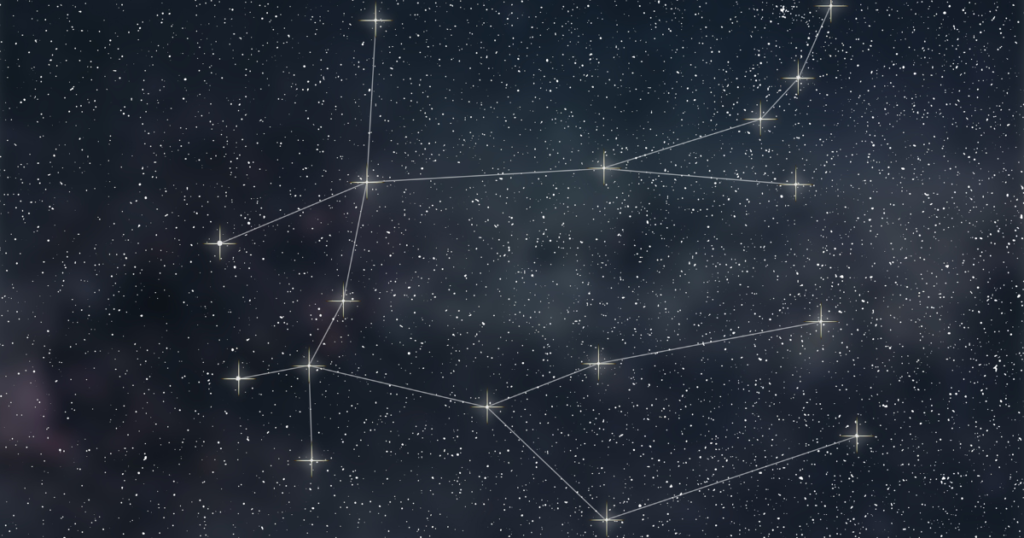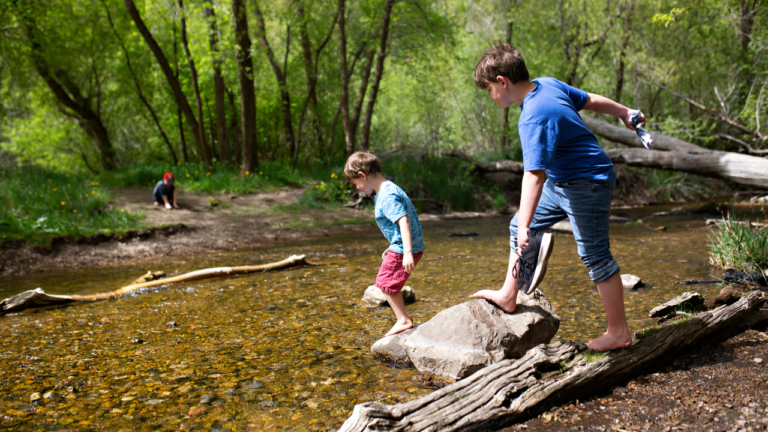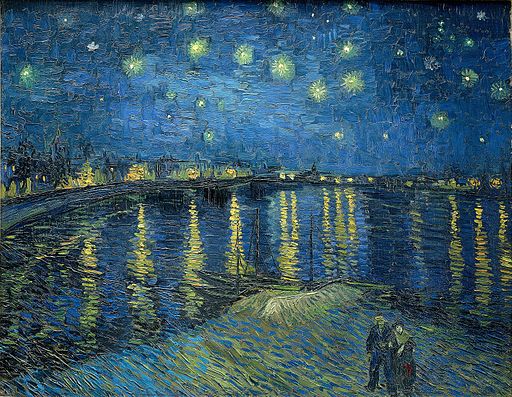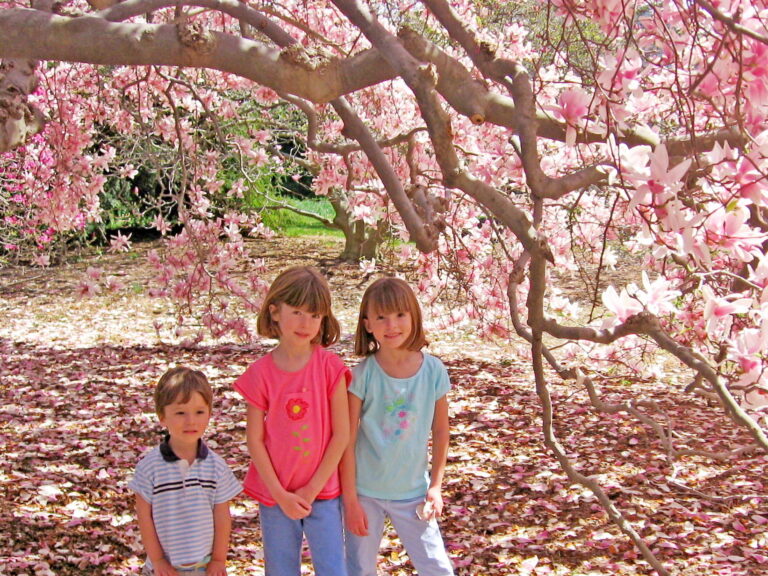The Geminid Meteor Shower: A Fun, Free & Easy Field Trip!
Get your kids outside in December…watch the Geminid meteor shower!
December is a fantastic month to observe a lot of “shooting stars” without a ton of effort. Today we’re sharing all about how to take a super simple nighttime field trip in your own backyard to watch the Geminid meteor shower. The hardest part about it is staying up late!

What is the Geminid meteor shower?
Meteor showers are natural phenomena that occur when Earth’s orbit intersects with debris left behind by comets and asteroids. As these tiny particles burn up upon entering our atmosphere, they create streaks of light in the night sky, prompting many to make a “wish upon a star”.
One of the most prominent meteor showers is the Geminid meteor shower, which occurs annually in December. The Geminid meteor shower is a special meteor shower because while most meteor showers are caused by cometary debris, the Geminids originate from an asteroid known as 3200 Phaethon, discovered in 1983.
When to watch the Geminid meteor shower?
The Geminids are among the most reliable and active meteor showers, with a peak that occurs around mid-December each year. In 2023, the Geminid meteor shower is expected to reach its peak on the night of December 13th. During this time, skywatchers will be able to witness an impressive display of meteors, sometimes reaching rates of over 100 meteors per hour!
The peak viewing time this year coincides with a waning crescent moon, which means the night sky will be relatively dark, making the meteors much easier to spot. This year is a great opportunity to get those nocturnal teenagers outside to see the show!
Why watch the Geminid meteor shower?
Getting outside to watch the Geminid meteor shower is an exciting and simple field trip to do during a month that can be super hectic and completely full of seasonal activities. You don’t need any special equipment to watch the show, and you’ll be creating lasting memories with your kids! What homeschooler wouldn’t like an excuse to stay up until the wee hours of the morning to “do school”!?
How to watch the Geminid meteor shower?
Don’t worry – this is an easy and accessible field trip that can often be done from the comfort of your own backyard or a nearby observation spot. Here’s how homeschooling families can make the most of this field trip idea:
Find a dark location
To maximize visibility, find a location away from city lights (and Christmas lights too!). A backyard or a local park will work well as long as the night sky is unobstructed.
Check the weather forecast
Before heading out, make sure that the sky is clear and the weather conditions are favorable for observation. Cloudy skies can hinder your ability to see the meteors, and you might want to choose another night to observe the show instead. (Remember, although the meteor shower is at its peak on December 13-14, it is still visible other nights in December!)
Choose the right time
The peak activity of the Geminid meteor shower is typically between midnight and dawn. Consider adjusting your sleep schedule to observe the meteors during their most intense phase. Maybe you have homeschoolers who are ALREADY up past midnight, making this an easy thing to do!
Get comfortable
Bring blankets, chairs, or reclining lawn chairs to make yourselves comfortable during your observation session. Prepare to be patient, because meteors can appear at irregular intervals.
Look towards the Gemini constellation
The Geminids get their name from the constellation Gemini, as they appear to originate from that region of the sky. However, meteors can appear anywhere in the night sky, so keep your gaze wide and encompassing. If you need help finding the constellation Gemini, use a night sky app. We like SkyView Lite for beginners!

More resources for your homeschoolers
Want to learn more about the Geminids? The American Astronomical Society has a great video all about them. Watch it on YouTube here.
Curious about light pollution and its effects on the night sky? Join our membership and get access to our light pollution module that includes a lesson, field trip guide, and other hands-on activities for your homeschoolers. We make it easy to do science outside!

Not ready for the membership yet? You can learn more about light pollution in our blog post.
Does your family love community science projects (aka citizen science)? We’ve put together 6 family-friendly community science project guides that will keep your kids busy all winter. Grab 6 Winter Community Science Project Guides for $5. That’s less than the price of a latte!








